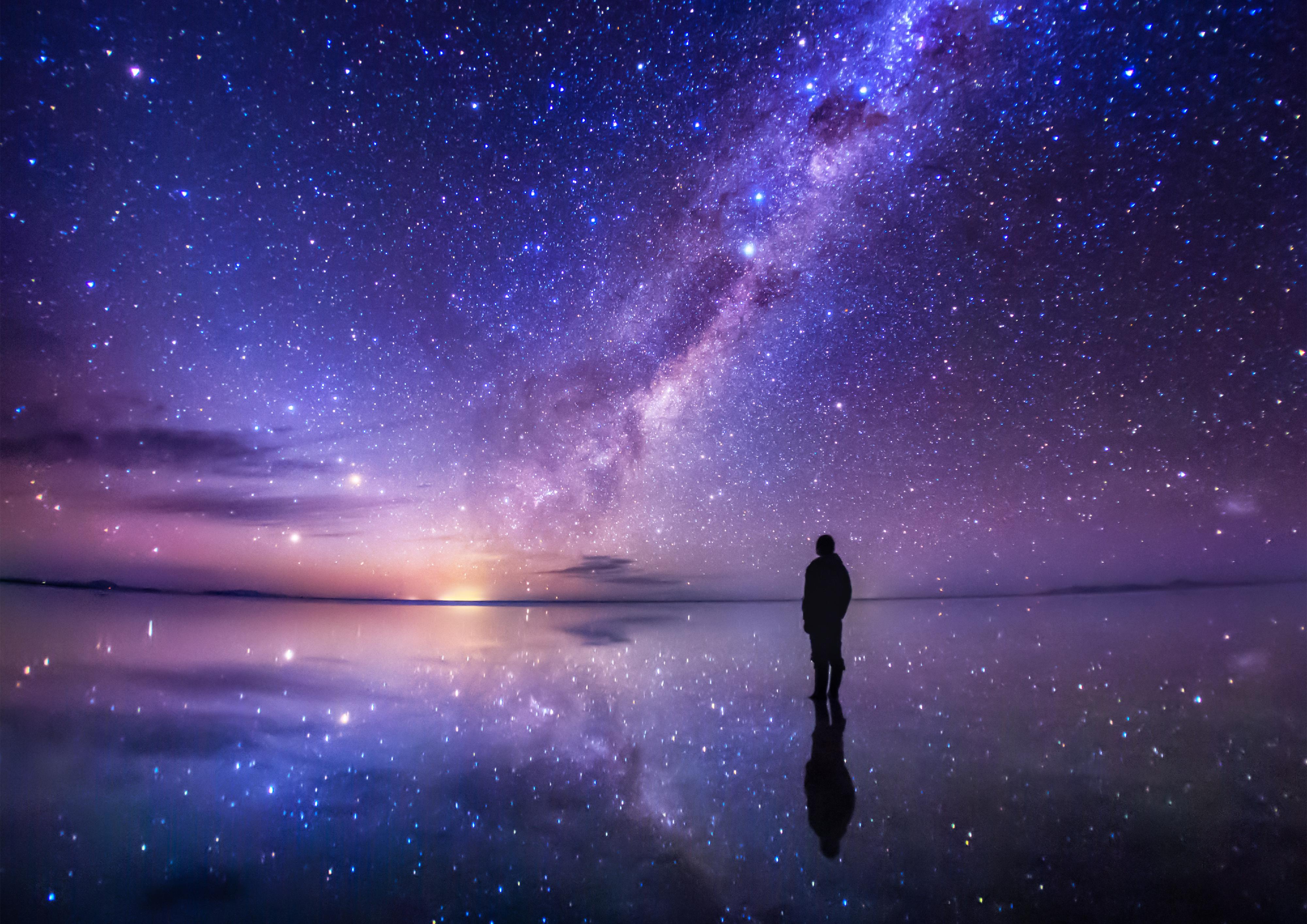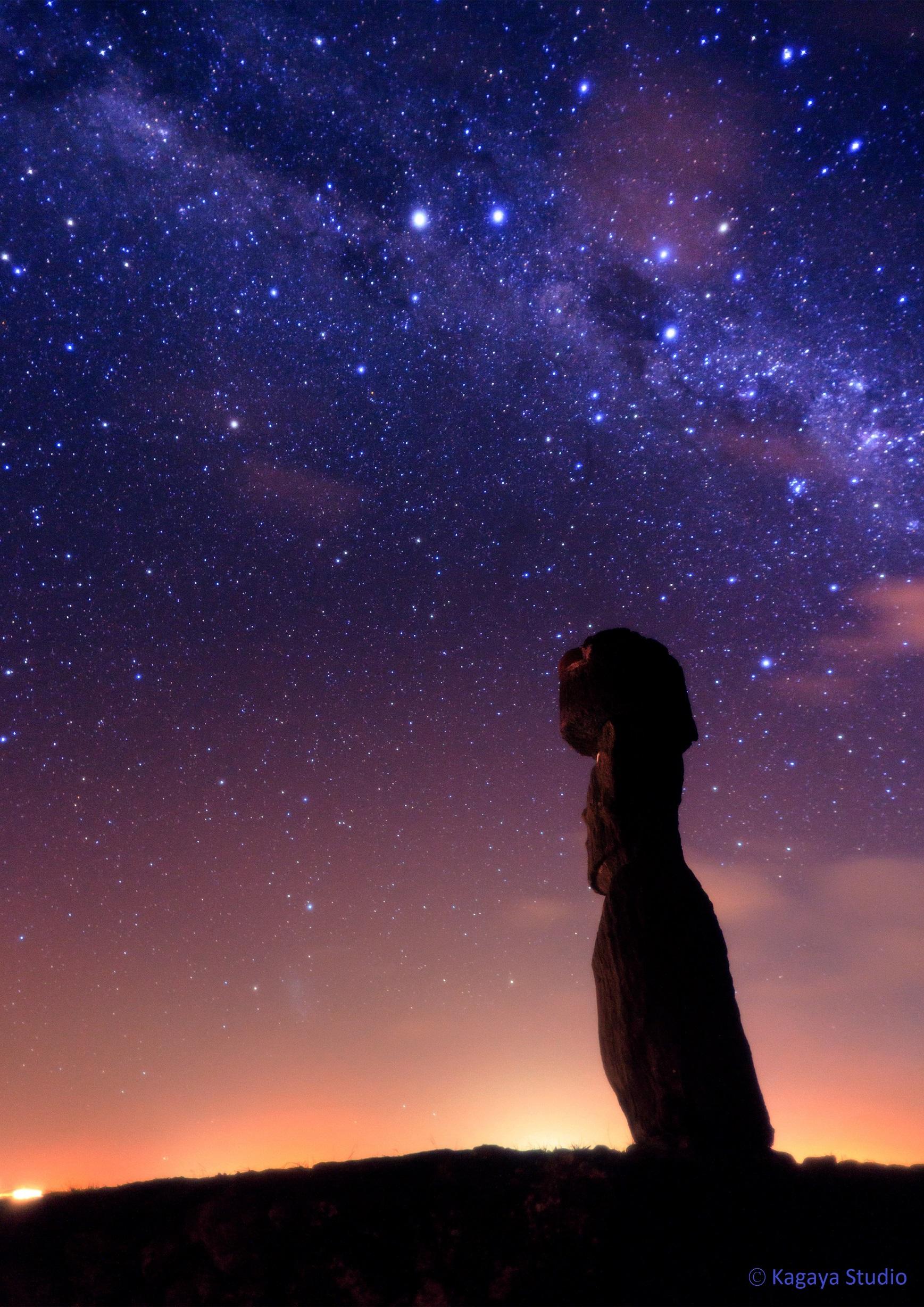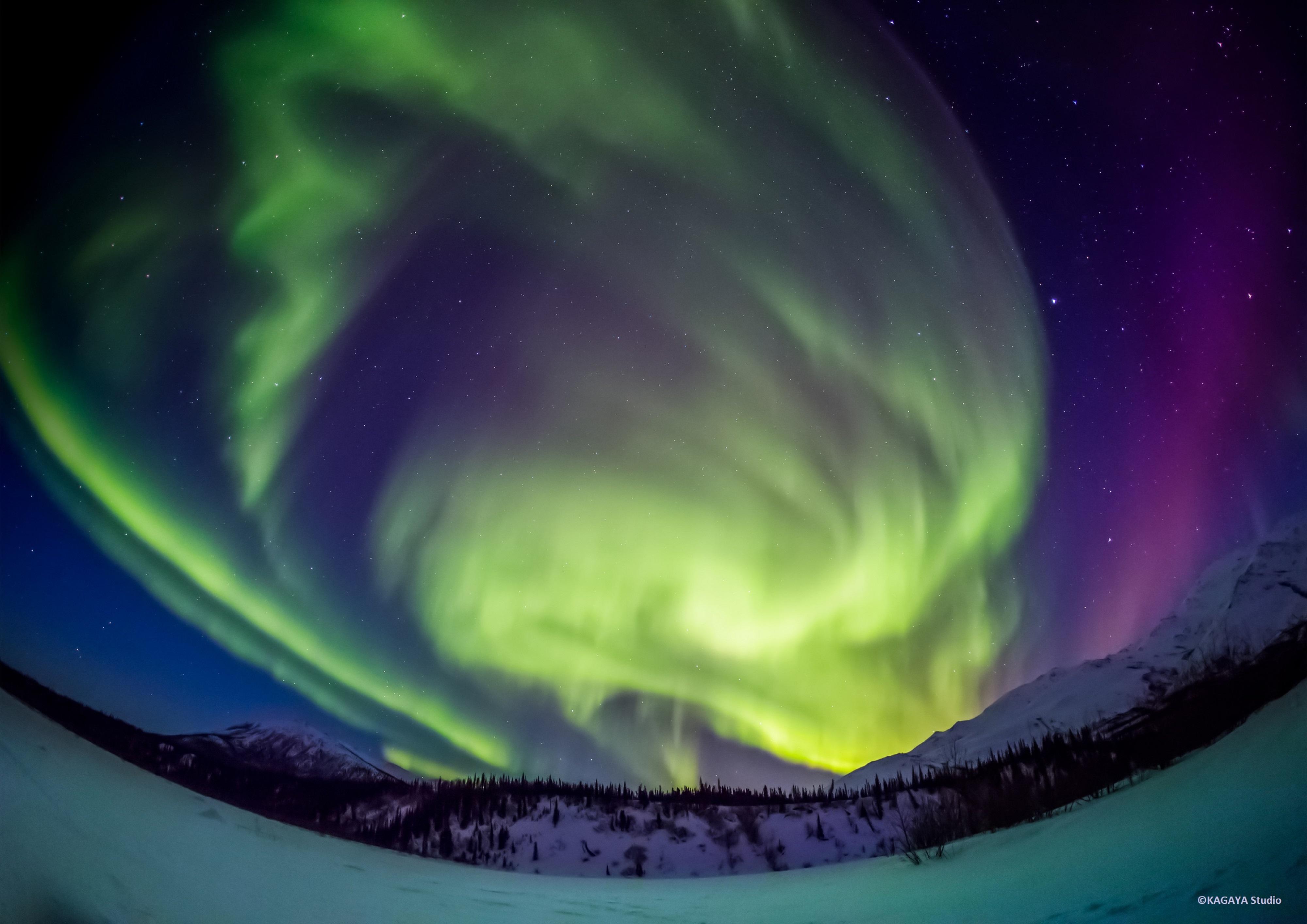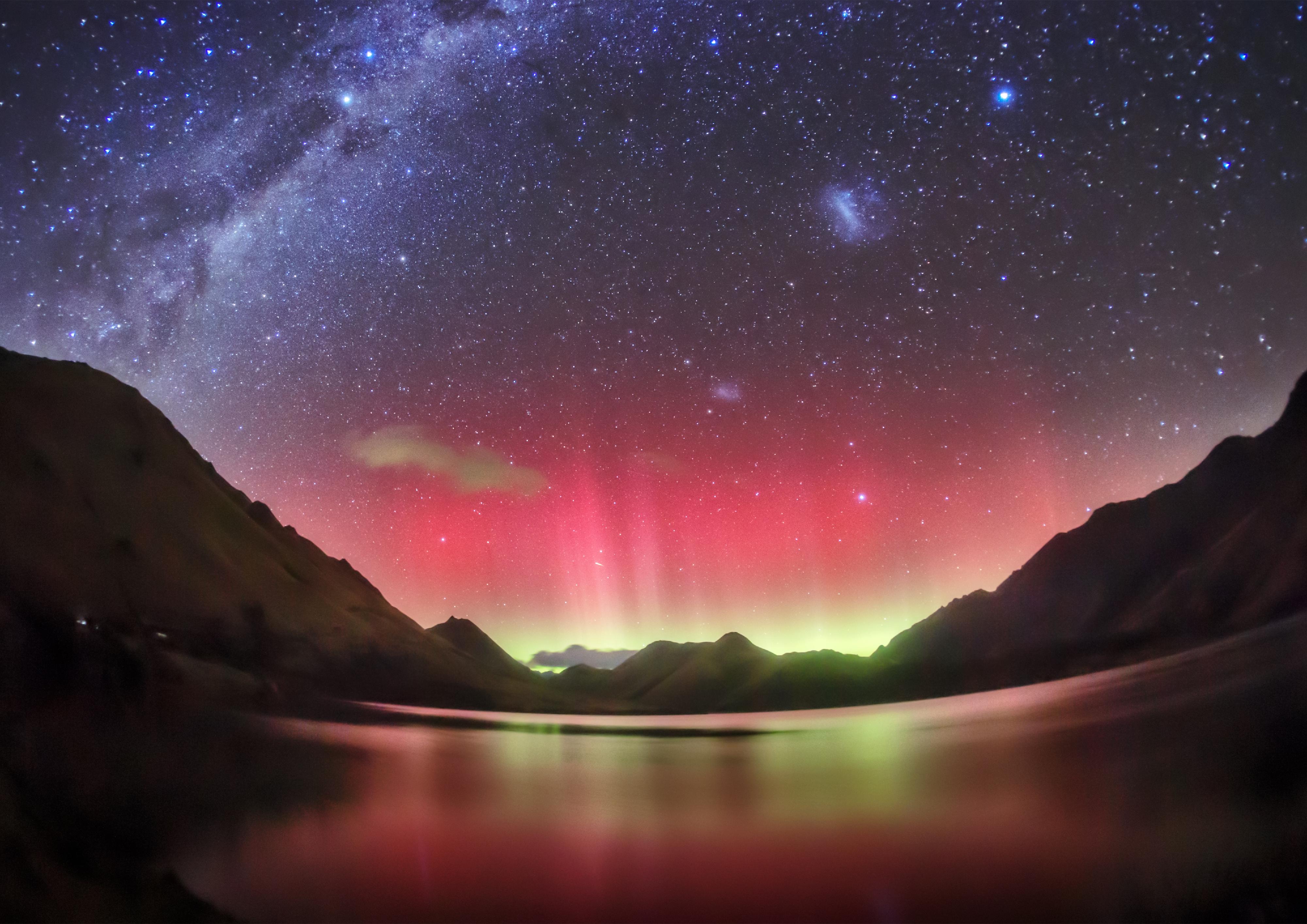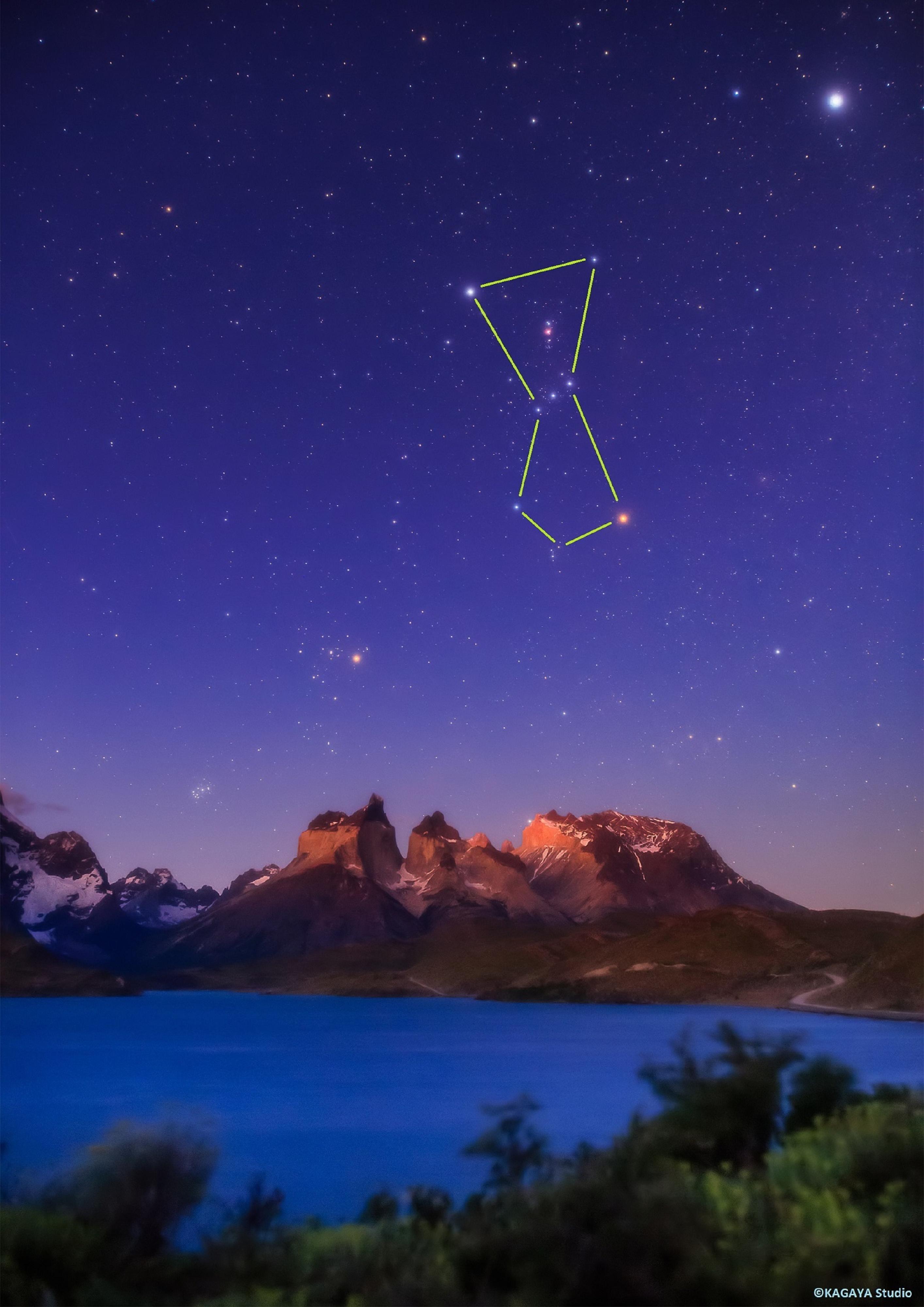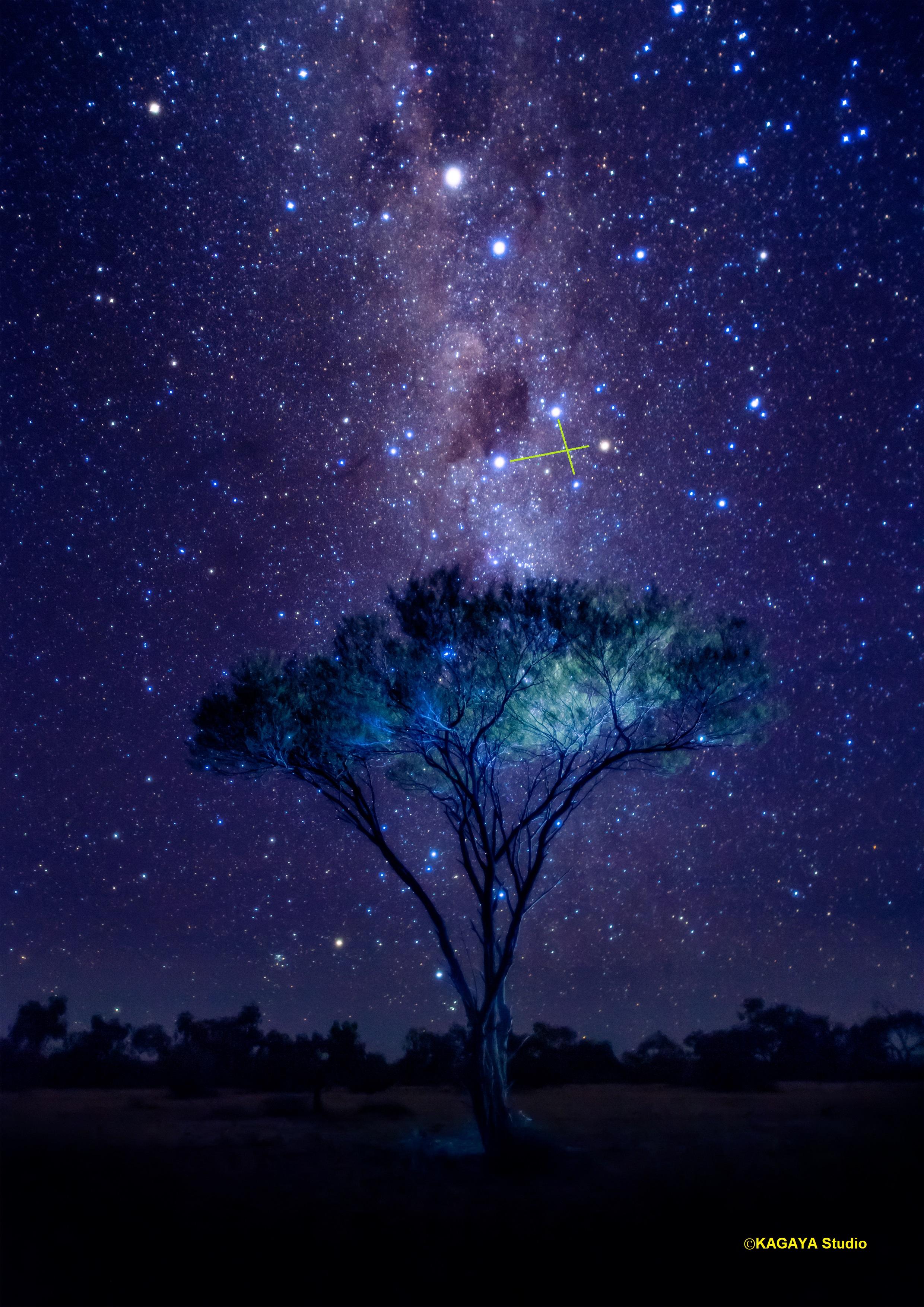Hong Kong Space Museum to launch new sky show "Sky Tour: Window on the Universe" (with photos)
******************************************************************************************
"Sky Tour" will delight audiences with enchanting scenes of Earth and the universe with melodious music, enabling viewers to move away from the hustle and bustle of urban life and indulge in breathtaking starry skies and stunning natural landscapes. The journey begins in Iceland, where the aurora borealis flames across the sky. Viewers will then move southward to North America and Hawaii. With the Southern Cross and the Milky Way appearing in the background, audiences will visit Salar de Uyuni, best known as the "Mirror of the Sky", in Bolivia, and take a look at the wondrous inverted image of the universe reflected by this gigantic natural mirror. The captivating journey concludes with audiences enjoying the aurora australis dancing above them in Australia and New Zealand.
The 35-minute show will screen until April 30 next year. Screening times are 3.30pm and 8pm on weekdays and 2pm and 6.30pm on weekends and public holidays. The Hong Kong Space Museum, located at 10 Salisbury Road, Tsim Sha Tsui, Kowloon, is closed on Tuesdays (except public holidays).
Tickets priced at $24 (front stalls) and $32 (stalls) are now available at the Hong Kong Space Museum Box Office and URBTIX (www.urbtix.hk). For details of the show, please visit hk.space.museum/en_US/web/spm/shows.html, or call 2721 0226 for enquiries.
In order to comply with the requirements stipulated in the Prevention and Control of Disease (Requirements and Directions) (Business and Premises) Regulation (Cap. 599F) and relevant requirements of administrative instructions, visitors are required to scan the "LeaveHomeSafe" venue QR code with their mobile phones/other mobile devices before being allowed to enter the museums under the management of the LCSD for necessary contact tracing if a confirmed case is found. In accordance with the Prevention and Control of Disease (Vaccine Pass) Regulation (Cap. 599L) and relevant requirements of administrative instructions, all persons entering indoor venues under the management of the LCSD must comply with the relevant requirements of the Vaccine Pass. According to the latest requirement on Vaccine Pass announced by the Government, all persons with their Vaccine Pass QR codes displayed in red or amber are not allowed to enter museums under the management of the LCSD.
Ends/Thursday, October 20, 2022
Issued at HKT 17:55
Issued at HKT 17:55
NNNN





